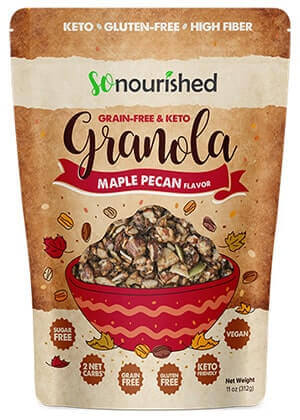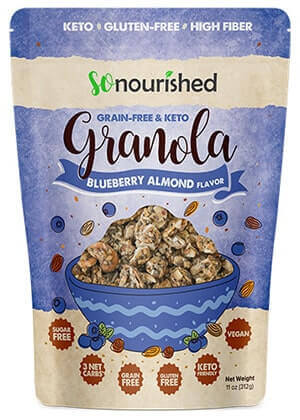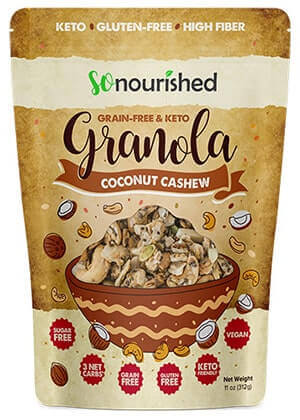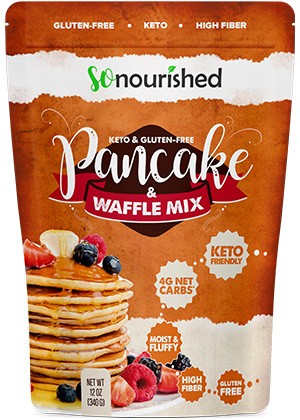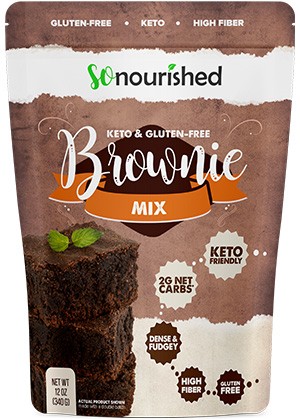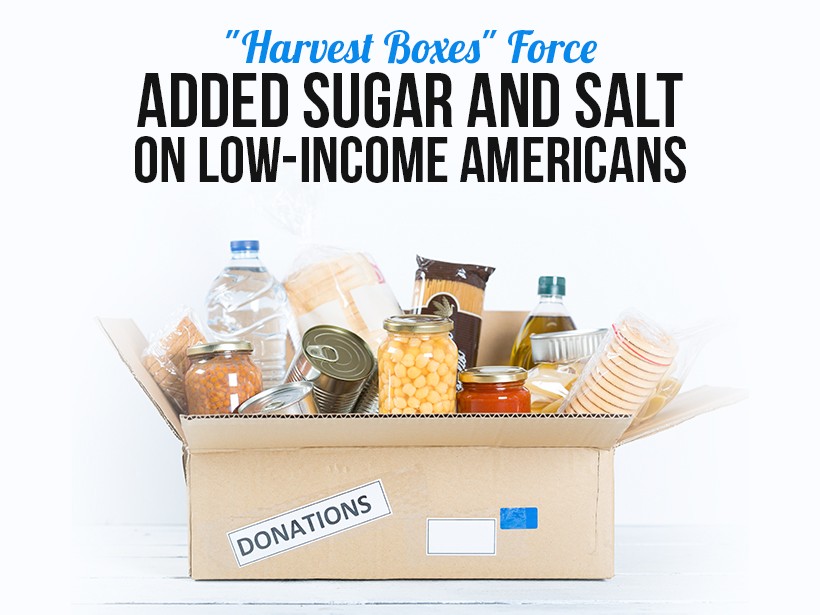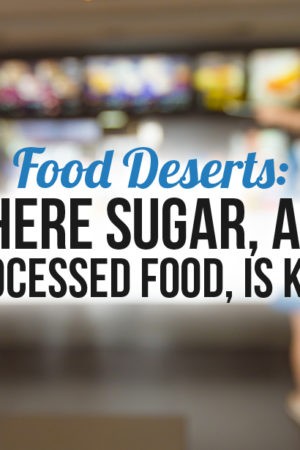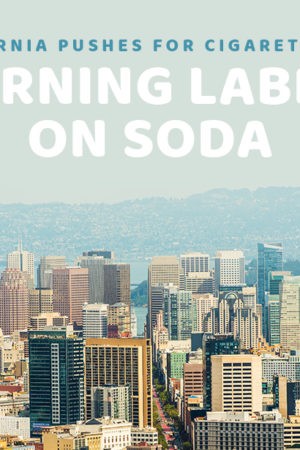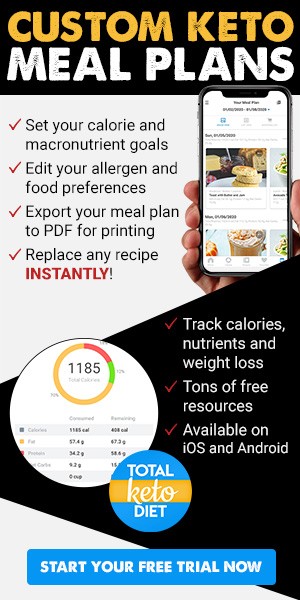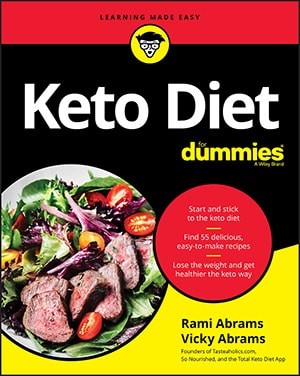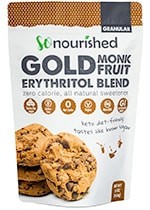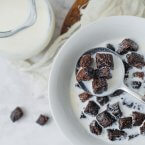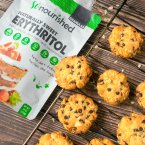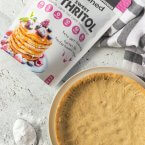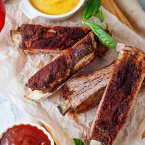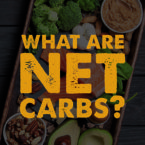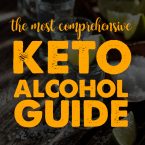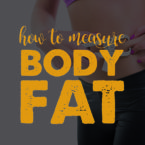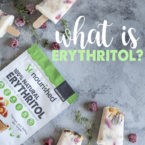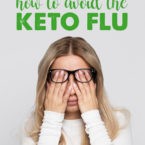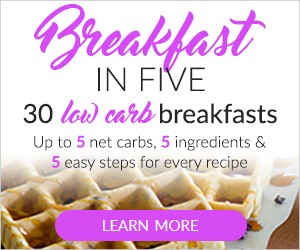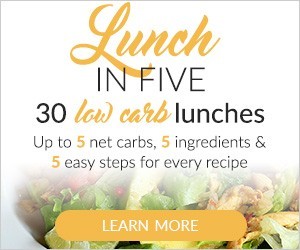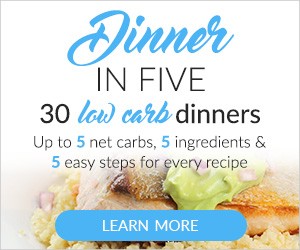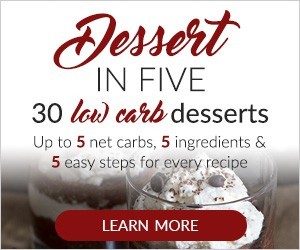One aspect in particular of the Trump administration’s 2019 budget proposal has the internet reeling: its proposed changes to the Supplemental Nutritional Assistance Program (SNAP). The current program offers prepaid cards, topped up weekly by the federal government, accepted by the majority of U.S. grocery stores. In an effort to drastically cut the amount of money spent on the program, the administration’s budget suggests replacing the majority of these benefits with a box filled with foods that the U.S. government buys at wholesale prices. Budget director Mick Mulvaney described the idea as “a Blue Apron-type program where you actually receive the food instead of the cash.”1 The minimum price of a single-serving meal on Blue Apron, however, is ten dollars, while a meal put together from Trump’s Harvest Box would cost an estimated $1.40. The theoretical contents of these boxes are a profound insult to the millions of families benefitting from SNAP, and demonstrate America’s unhealthy reliance on canned and processed foods, rich in salt and added sugar.
What’s in the Box?
Families receiving 90 dollars or more per month would have some of that money replaced by these boxes, which would include items such as shelf-stable milk, ready to eat cereals, pasta, canned beans, canned fruits, canned vegetables, and canned meats. The proposal goes on to say that not only would this approach be cost-effective, but it would “improve the nutritional value of the benefits provided.”2
Joel Berg, CEO of Hunger Free America, was quick to point out the absurdity of such claims. “There’s no way one can improve the nutritional outcomes of families on SNAP by reducing the amount of money they have available for fresh fruits, vegetables, and milk.”3 Indeed, regardless of how one intends to spend SNAP money, its hard to find less nutritious “staples” than powdered milk and cereal (which gets most of its flavor from added sugar), and canned vegetables preserved in unhealthy amounts of sodium.
A Processed Diet
Unlikely as this proposal is to find its way into legislation, it wouldn’t be the first time the government gave people canned and processed foods to rely on. For decades, the Department of Agriculture has distributed nonperishable foods on Indian reservations, and many Native Americans have pointed out the similarities. Valerie Blue Bird Jernigan, a researcher who studies the impact of food environments on Native American health, grew up eating out of these government food boxes. “There’s even a name for it – its called ‘common bod,’” she says. “That’s what we call it because it makes you look a certain way when you eat these foods.”4 Indeed, Native Americans are twice as likely as whites to have type two diabetes, which often results from obesity and excessive amounts of sugar in the diet.5
Even beyond the logistical and nutritional crises such a system would create, it would completely ignore the allergies and dietary preferences that SNAP helps to accommodate. For SNAP recipients and families looking to stay away from the added sugar and sodium so fundamental to these Harvest Boxes, the administration’s proposal is, without doubt, thoroughly frightening.
NUTRITIONAL DISCLAIMER
The content on this website should not be taken as medical advice and you should ALWAYS consult with your doctor before starting any diet or exercise program. We provide nutritional data for our recipes as a courtesy to our readers. We use Total Keto Diet app software to calculate the nutrition and we remove fiber and sugar alcohols, like erythritol, from the total carbohydrate count to get to the net carb count, as they do not affect your blood glucose levels. You should independently calculate nutritional information on your own and not rely on our data. The website or content herein is not intended to cure, prevent, diagnose or treat any disease. This website shall not be liable for adverse reactions or any other outcome resulting from the use of recipes or recommendations on the Website or actions you take as a result. Any action you take is strictly at your own risk.
- California Pushes for Cigarette-Like Warning Labels on Soda - July 1, 2019
- Is a Slowdown in Australia's Sugar Consumption a Sign of More to Come? - June 24, 2019
- Groundbreaking Study Says the Sugar Rush Doesn't Exist - June 12, 2019


